Florence is a city that captivates with its timeless charm and enchants with its artistic and architectural beauties: cradle of creativity and genius of great artists of the Renaissance, it is also a lively and dynamic city, rich in events and opportunities, home to important university and cultural realities.
Walking through its streets and squares you breathe a unique atmosphere that seems to bring back to the splendor of the past: Michelangelo, Leonardo da Vinci, Brunelleschi, the Duomo with its imposing dome, the Ponte Vecchio with its jewelers’ shops and the Uffizi Gallery are just some of the treasures that Florence preserves in its historic center.
Discover with this guide the 10 unmissable things to do in Florence and the secrets of this wonderful city.
Find out more about Florence Pass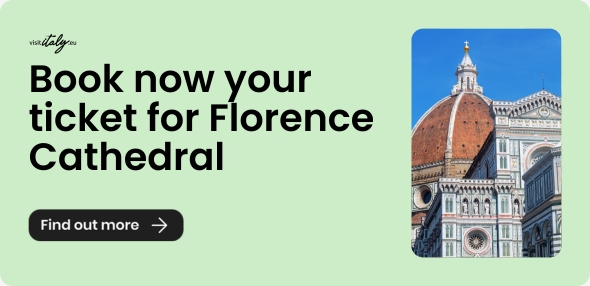
Things to do in Florence: 10 must-see things to know
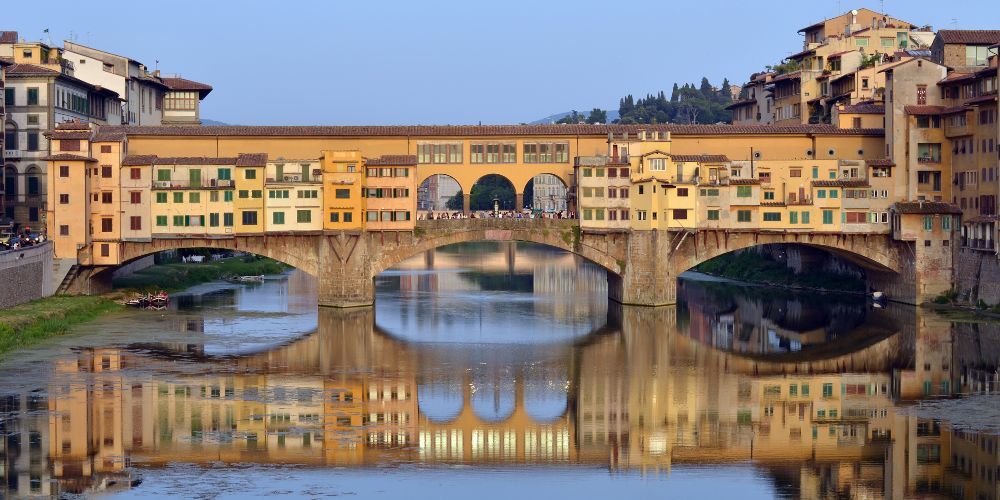
Ph Canva by Yuum
Florence enchants with its millenary history and its artistic and cultural richness: crossroads of different peoples and cultures, it was historically the center of economic and political power of the Medici and Lorena families and more recently, the Kingdom of Italy capital from 1865 to 1871.
Here were born and lived many fundamental characters for literature, art, science and politics, such as Dante, Petrarch, Boccaccio, Giotto, Brunelleschi, Donatello, Botticelli, Leonardo da Vinci, Michelangelo, Lorenzo de’ Medici, Machiavelli, Amerigo Vespucci and Galileo Galilei.
Florence is considered the cradle of the Renaissance, a period that marked the transition from the Middle Ages to modernity and the land where the Italian language was born: UNESCO World Heritage Site since 1982 and European city of culture in 1986, it offers its visitors an invaluable heritage of monuments and museums.
In this article we want to take you through the wonders of this city and its surroundings: not only art, history and culture, but also food and wine, tradition and nature.
Follow us on this journey to discover the city and the hills around it, you will admire breathtaking views, taste the typical products of the territory and immerse yourself in the typical atmosphere of Tuscany: here are the 10 must-see things to do in beautiful Florence.
10. Scents and flavors of Tuscan hills: wine tour from Florence
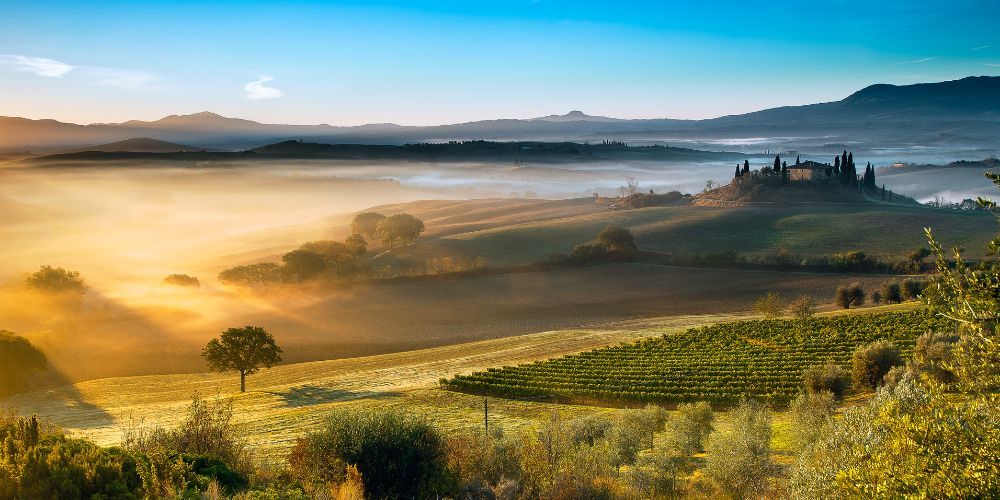
Ph Canva by Adnan Bubalo
Florence is not only art and culture, but also a territory rich in excellent food and wine traditions, an ideal place to delight the palate with authentic and genuine flavors: an unforgettable experience for all five senses.
A wine tour around Florence is the ideal opportunity to discover the culinary traditions of Tuscany and taste the typical products of the territory, accompanied by excellent local wines.
The harmonious landscape of the hills frames ancient villages, castles and farms, where fine wines, cheeses, salami, olive oil and honey are produced.
You can taste the specialties of Tuscan cuisine, such as ribollita, Florentine steak, cacciucco, cantucci with vin santo and admire the breathtaking landscapes of the Chianti and Val d’Orcia valleys, where grapes are grown for famous red wines such as Brunello di Montalcino and Nobile di Montepulciano.
Get your tickets!9. A Renaissance masterpiece of architecture and engineering
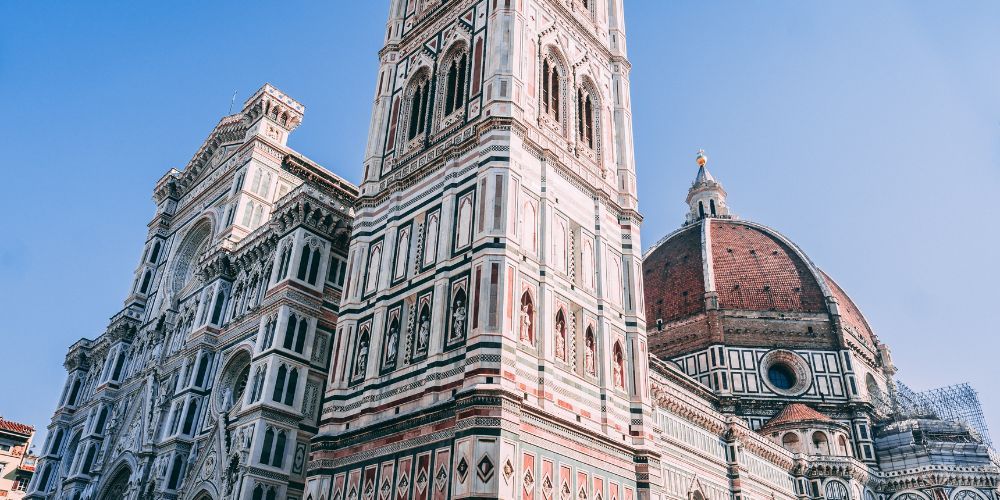
Ph Pexels by Chait Goli
The Duomo of Florence or church of Santa Maria del Fiore is one of the symbols of the city and a UNESCO World Heritage Site: after St. Peter’s in Rome and the Duomo of Milan, it is the third largest church in Europe and part of the monumental complex of the Opera del Duomo, which also includes the baptistery of San Giovanni, Giotto’s bell tower and the Opera del Duomo Museum.
Its construction began in 1296 on the project of Arnolfo di Cambio and ended in 1436 with the consecration of Brunelleschi’s dome. The facade in neo-Gothic style is made with polychrome marbles and dates back to the second half of the nineteenth century, inside there are three naves with a large round that supports the octagonal dome.
Brunelleschi’s dome is an extraordinary architectural work that at the time of its construction had no precedents able to match it: Filippo Brunelleschi won the competition organized by the Opera del Duomo in 1418 and designed it without providing for the use of centering or support structures, devising an innovative system of self-supporting vaults.
The huge octagonal structure has an internal diameter of 45.5 meters and an external one of 54.8, it is 116 meters high and weighs 37,000 tons. Inside it is richly decorated with frescoes of the Last Judgment made by Giorgio Vasari and Federico Zuccari between 1572 and 1579: to admire them from a privileged point of view just climb the 463 steps of the internal staircase up to reach the top, where you can enjoy a 360 degree view of the city.
Get your tickets!8. The Museum of Etruscan, Egyptian and Roman wonders
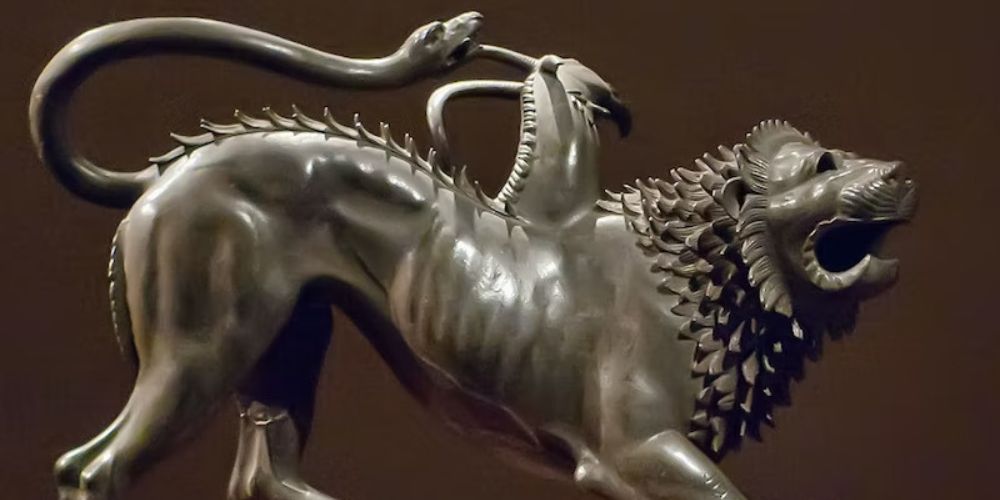
The Chimera of Arezzo in the National Archaeological Museum of Florence
If you think that Florence is only Renaissance, the National Archaeological Museum will make you change your mind. In this museum, one of the oldest and most prestigious in Italy, you can discover the ancient Etruscan, Greek, Roman and Egyptian civilizations that influenced the history and culture of the Mediterranean.
You can admire masterpieces such as the François Vase, the Chimera of Arezzo, the Idolino of Pesaro and the Sarcophagus of the Amazons. You can also visit the Egyptian Museum, the second largest in Italy after that of Turin, where you will find vases, amulets, bronzes and other objects from scientific expeditions of the 19th century.
The museum is located in Palazzo della Crocetta, an elegant 17th century palace built for Princess Maria Maddalena de’ Medici. Don’t miss the opportunity to take a journey through time in this fascinating and surprising museum.
Get your tickets!7. Self-Drive Vintage Fiat 500 Tour from Florence
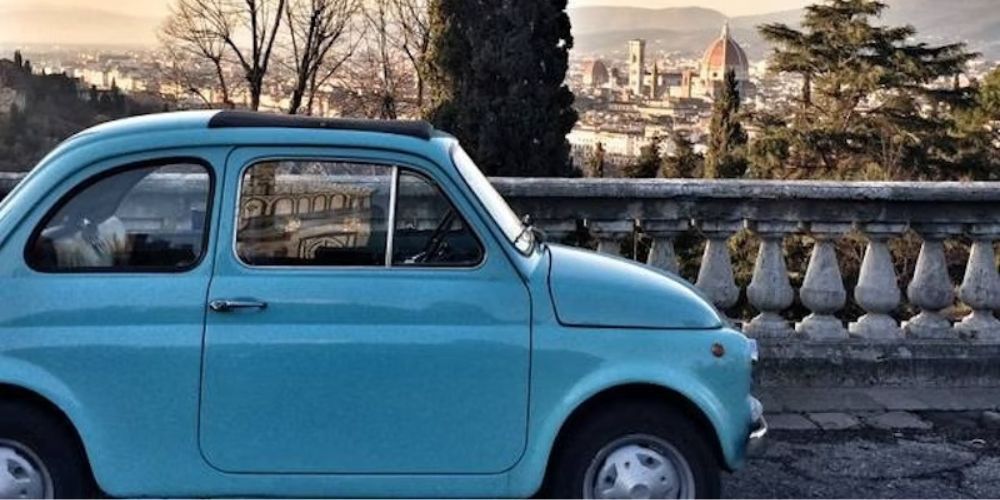
If you love historic cars this tour is a unique opportunity to get on board a vintage Fiat 500 and drive through the enchanting landscapes of Tuscany: this true icon of Italian style in the world has in fact marked the history and culture of the beautiful country.
Born in 1957 as an economical car for Italian families in growth, the 500 soon became a cult object for young people of the '60s who used it to express their desire for freedom and fun, and inspired over the decades artists, directors, singers and stylists who celebrated it in their works.
In this tour you can rent a restored vintage Fiat 500 and drive it along the panoramic roads of the Chianti hills, crossing postcard landscapes accompanied by a professional guide who will tell you about the history and curiosities of this wonderful region.
Thanks to a radio transceiver you can stay in touch with the guide and with other participants on the tour: during the journey you will also have the opportunity to stop at a farm and at a Chianti winery where you can taste local cheeses, ham and fine wines admiring the panorama of Tuscan hills.
Get your tickets!6. Florence of the Medici through their art collections
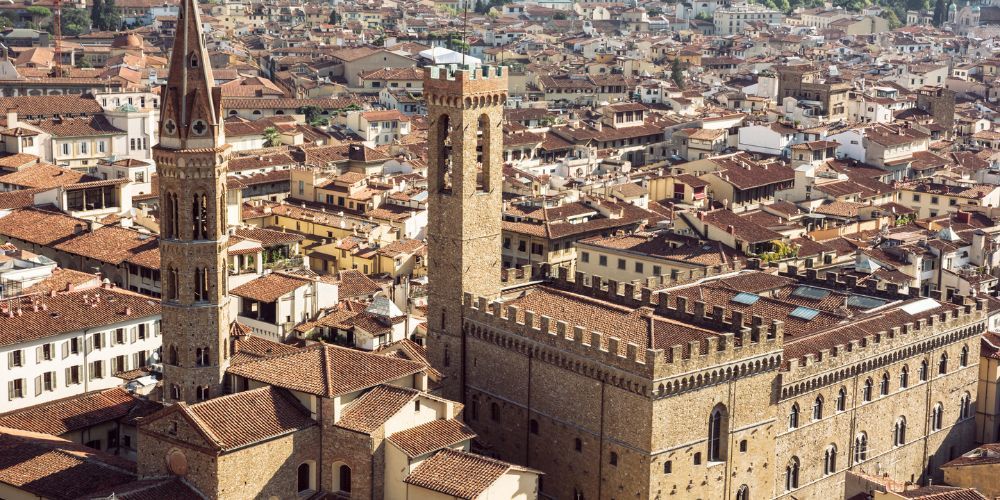
Ph Canva by Vrabelpeter1
If your passions are art and history, you can’t miss a visit to the Bargello Museum in Florence, the first Italian national museum dedicated to the arts of the Middle Ages and Renaissance, which houses masterpieces of sculpture by Donatello, Michelangelo, Cellini, Verrocchio and other great artists.
Located in an ancient palace that was a prison , the seat of the podestà and police of Florence, it is characterized by a suggestive courtyard with heraldic coats of arms and by a chapel that preserves the oldest effigy of Dante Alighieri.
The museum also preserves a rich collection of bronzes, majolica, ivories, medals, tapestries and other works of decorative art, which testify to the variety and refinement of Florentine and Italian artistic production between the 12th and 18th centuries.
Here you can also experience paths for visually impaired and blind people and educational services for families, to make the visit accessible and engaging for all types of public.
Get your tickets!5. All the charm of the Italian garden in the heart of Florence
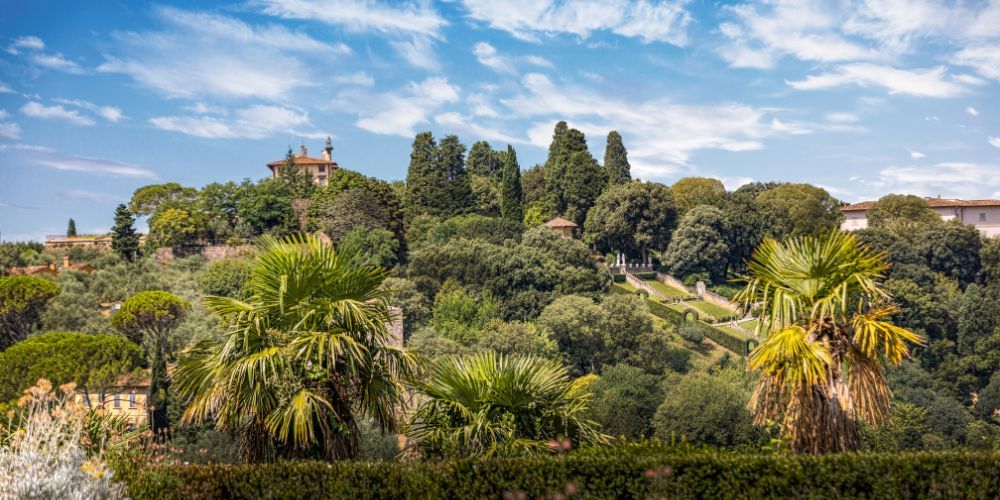
Ph Canva by Deemac1
The Boboli Gardens are a historic park in Florence that is located behind Palazzo Pitti. It is one of the most important examples of Italian-style gardens in the world and an open-air museum with ancient and modern sculptures, a perfect destination if you want to escape from the city chaos and get lost among the geometries of the avenues and the splendid richly decorated architectures, rest in the shade of an ancient oak tree, listen to the sound of water flowing in the “Fontana di Nettuno” and in the “Fontana dell’Oceano” by Giambologna, admire the sculptures in Giorgio Vasari’s “Grotta Grande” or the ancient inscriptions on the Egyptian obelisk.
The garden was created by the Medici in the 16th century and expanded by subsequent dynasties Lorena and Savoia. It has an area of about 45,000 m² and presents different environments: the courtyard with amphitheater, Neptune’s basin, the “viottolone” with statues of grand dukes, the “island” with Ocean fountain, Buontalenti’s grotto with its scenic wonders and much more.
The garden is also connected to Forte di Belvedere, a military outpost built by Medici for security of grand ducal family. The fort offers a splendid view over city and hosts contemporary art exhibitions The garden is also surrounded by ancient city walls dating back to 13th century and that were strengthened by Michelangelo during siege of Florence from 1529-1530
Get your tickets!4. The first great Basilica of Florence and its artistic treasure

Ph Canva by Tupungato
Santa Maria Novella is one of the oldest churches in Florence, home of the Dominican order and the main attraction of the monastic complex of Florence.
Built by the friars in the 13th century on the ruins of a small church dedicated to Santa Maria delle Vigne, it is not only a church, but also a museum complex that includes the convent, the green cloister, the Spanish chapel, the refectory and the papal chapel: a real treasure chest full of incredible works of art by some of the greatest Renaissance artists.
Entering the church you are enchanted by the richness and variety of artworks that decorate it: starting from the façade, masterpiece by Leon Battista Alberti, then moving on to frescoes, sculptures, stained glass windows and paintings by artists such as Giotto, Masaccio, Brunelleschi, Ghirlandaio and Vasari.
You should also see the “Chiostro dei Morti” (Cloister of the Dead), which is part of the original structure of the convent and is also the oldest of the complex.
To visit this place full of charm and learn about the history of the Dominican order that contributed to the spread of faith and science throughout Europe, you will have a video guide on a comfortable 7-inch tablet.
Get your tickets!A journey into the mind of the great Florentine genius
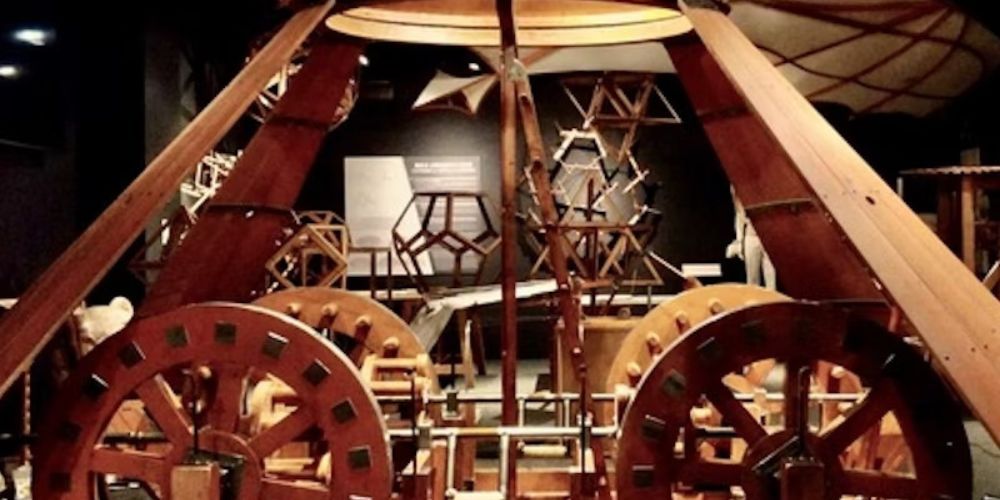
The Interactive Leonardo da Vinci Museum is a museum dedicated to the inventions and drawings of the great Florentine Renaissance genius and allows you to enter the mind of one of the most brilliant personalities in history with a completely interactive experience.
It is located in the historic center of Florence near the Dome and offers visitors the opportunity to experience the mechanisms drawn by Leonardo in his famous codes: the tank, the catapult, the aerial screw, the ornithopter are just some, and they are all made with materials available at that time.
Each machine can be manually operated by visitors and is accompanied by Leonardo’s original drawing and a description in various languages. You will also find a section dedicated to Leonardo’s anatomical studies with 20 drawings of human body parts, interactive workshops to build bridge, dome and polyhedra and a room of mirrors where you can discover how his studies on light inspired invention of photography.
The museum is suitable for all curious people who want to discover the creative mind of greatest artist and scientist of all time, brought back to life thanks to meticulous reconstructions of his works.
Get your tickets!2. The mausoleum of the family that made the history of Florence
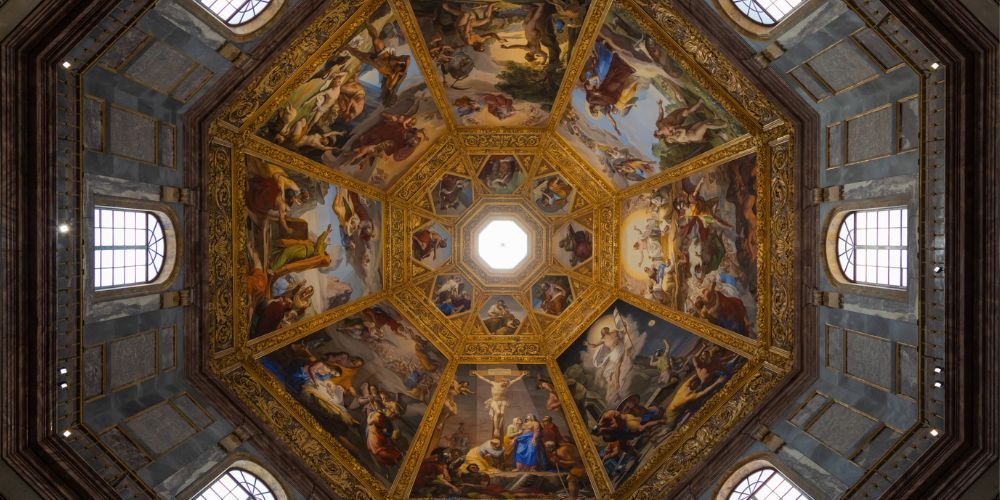
Ph Canva by Paologallophoto
The Medici Chapels are located in the Basilica of San Lorenzo: built between the 16th and 17th centuries, they house the tombs of 49 members of the influential family, lords and grand dukes who ruled Tuscany for more than three centuries from 1434 to 1737.
The two main parts of the museum are the New Sacristy, designed by Michelangelo and decorated with his splendid funerary sculptures for Giuliano and Lorenzo de’ Medici, and the Chapel of the Princes, a sumptuous baroque chapel covered with marbles and precious stones. The museum also includes some rooms of the crypt below the Chapel of the Princes where works of art and historical relics related to the Medici are displayed.
The museum has been home to important exhibitions dedicated to illustrious figures of the family, such as Ferdinando I de’ Medici and Leo X, the first pope belonging to the family: a place of great charm and beauty, built to celebrate the history of one of Europe’s most influential families.
Get your tickets!1. A masterpiece of 14th century architecture in Piazza della Signoria
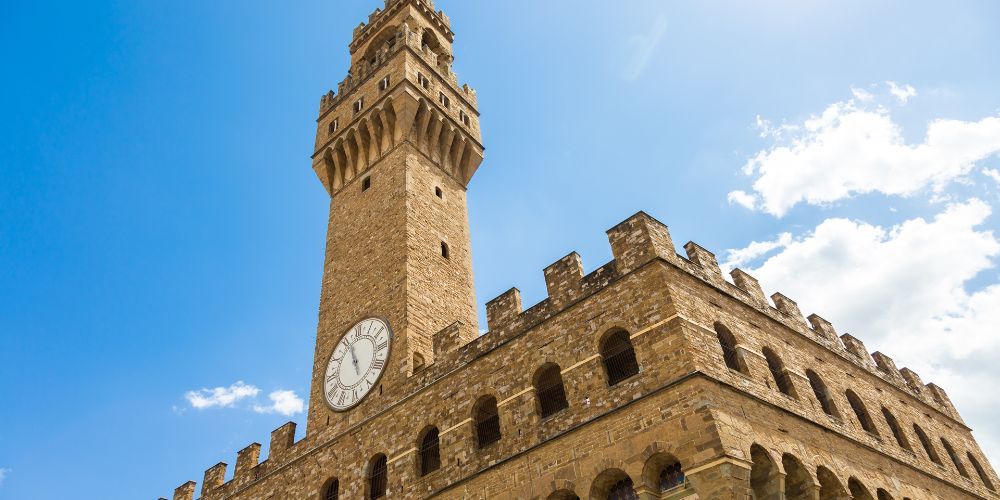
Ph Canva by Paologallophoto
Palazzo Vecchio is one of the symbols of Florence and its history. It was built between 1299 and 1314 as the seat of the government of the Florentine Republic and then residence of the Medici, lords and grand dukes of Tuscany.
The palace has a rusticated facade with a large arched portal and a series of mullioned windows. On the facade stand out the coats of arms of the priors, the magistrates who ruled the city, and the statues of Hercules and Cacus, symbols of strength and justice.
The tower of Arnolfo is the oldest part of the palace and is 95 meters high. It was designed by Arnolfo di Cambio, the architect who also built the Dome and Santa Croce: the tower has a square base and inside it you can climb a staircase of 223 steps that leads to the top, where you can enjoy a splendid 360-degree view over the city.
The palace also houses a museum that preserves works of art and historical testimonies related to the Medici and Renaissance Florence: among them are Salone dei Cinquecento decorated by Vasari with frescoes that celebrate military achievements by Medici family, the Maps Room, the Chapel of Eleonora and the Michelozzo Courtyard: at entrance you will be provided with a practical video guide on tablet, to have all information related to visit.
Get your tickets!About the author
Written on 18/01/2024

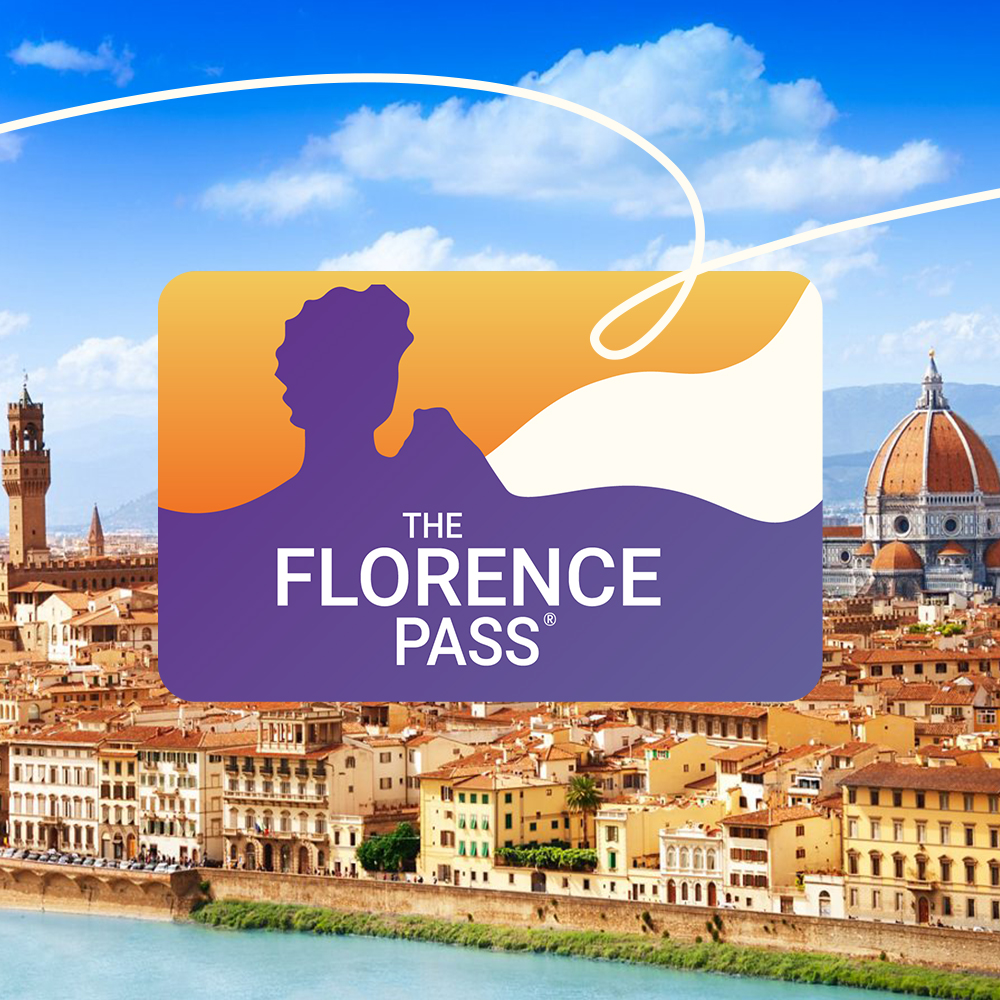
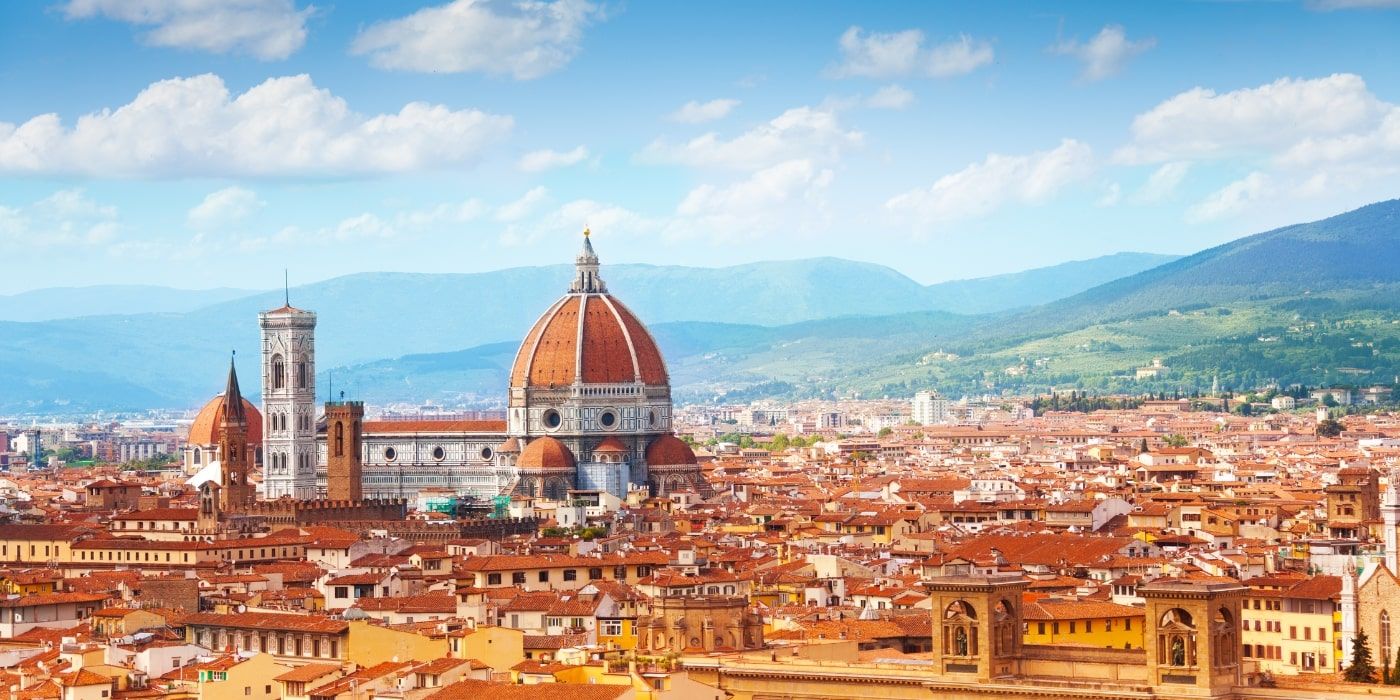

Sara Milanolo
Follow this guide to the 10 most interesting things to do in Florence, it will open the doors of this wonderful city!